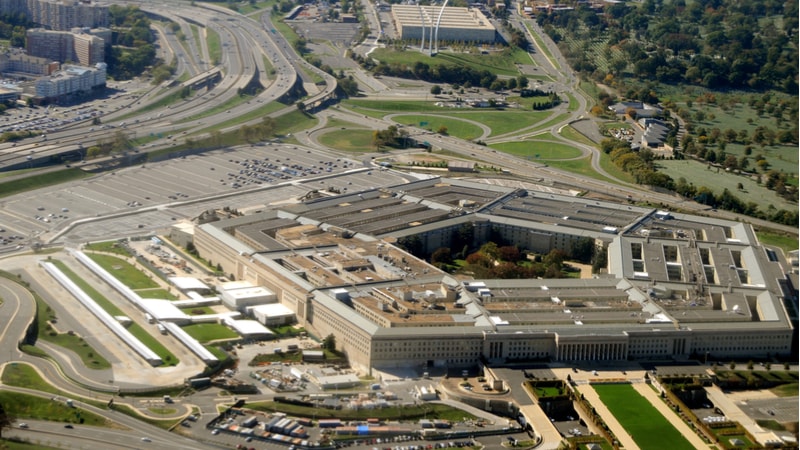
The U.S. defense enterprise is in a strategic predicament; the challenge for the Department of Defense (DoD) is no longer why or when innovation is needed, but instead how to innovate.

During a September 20 hearing of the House Armed Services Subcommittee on Cyber, Information Technologies, and Innovation, defense industry experts gave lawmakers advice what DoD needs to do to defibrillate a shaky defense industrial base.
Brian Schimpf co-founder and chief executive officer (CEO) of Anduril Industries, explained that the key to innovating in the defense space is incentivizing production of high quantities of the right capabilities, across all domains, at speed and scale.
Schimpf called this approach “rebooting the arsenal of democracy.”
“The United States – and specifically the DoD – must use the market principles that have spurred generations of technological progress and economic prosperity. Those principles leverage the power of software, the talent of the American workforce, and the ingenuity of public servants to change the way we deliver and deploy defense technology,” Schimpf said.
Simply put, he said the government can innovate by buying emerging technology at scale, but it cannot succeed without augmenting those assets with new, mass-produced items far more responsive to market forces that the Pentagon can affect.
“We will never see a true marketplace for aircraft carriers, but the department can absolutely have one for sensors, satellite constellations, unmanned undersea vehicles, air defense systems, or precision strike munitions,” Schimpf said.
Schimpf’s approach also calls for incentivizing competition in the defense ecosystem.
“These competitions should be actual product-driven ‘bake-offs’ and not paper-based evaluations, and they should end in a meaningful award,” he said.
He explained that fair and frequent competition ensures that players in the defense industry earn the government’s business, maintain its trust, and deliver high value at low cost.
James Taiclet, CEO of Lockheed Martin Corporation, highlighted key priorities that could accelerate innovation in defense and help the DoD with its goal of deterring great power conflicts.
“Civilian and military leaders agree that the United States is facing increasingly aggressive peer competition and threats, perennial budget constraints, and an acceleration of commercially driven technology, all of which call for new approaches to acquisition and military operations,” Taiclet said.
Taiclet recommends that the DoD apply “anti-fragility” to increase the industry’s ability to quickly ramp up the production of key systems in an ever-evolving global security landscape.
He also recommended that increasing collaboration with allies and partners “through a multilateral, multinational approach will elevate the resilience of the [U.S.’] critical defense supply chains, ensuring an effective deterrent against near-peer competitors and rogue states.”
Lastly, Taiclet highlighted the need for a standards-based, modular open architecture approach to aggressively adopting 21st-century digital technologies. This, he explained, will allow the U.S., international allies, defense primes, suppliers, and start-ups alike to work from the same framework allowing greater interoperability across the armed services.
Richard Jenkins, founder and CEO of Saildrone, echoed Taiclet’s comments on the power of partnerships, especially between industry and the DoD.
Until recently, the ability of the government to test, adopt, and integrate new observing technologies was made difficult due to the initial large capital expense necessary to acquire and fully missionize the asset before it could really provide any value.
Yet, according to Jenkins, it has become widely accepted that commercial technologies and commercially provided data will play an increasingly important role in helping the military meet its mission requirements.
“A key to the success of this new paradigm will continue to be making contracting swift and agile in response to the rapidly changing technology climate without sacrificing good oversight of the use of taxpayer dollars,” Jenkins said.
In addition, Jenkins explained that these partnerships ensure the development and deployment of cost-efficient, alternative technologies for DoD to enable better observation of different domains.
“By relying on the private sector to pay for the expensive infrastructure and shoulder the operational risk in certain circumstances, this type of public-private partnership framework provides great opportunity and value to the government and agencies like the DoD,” Jenkins said.
